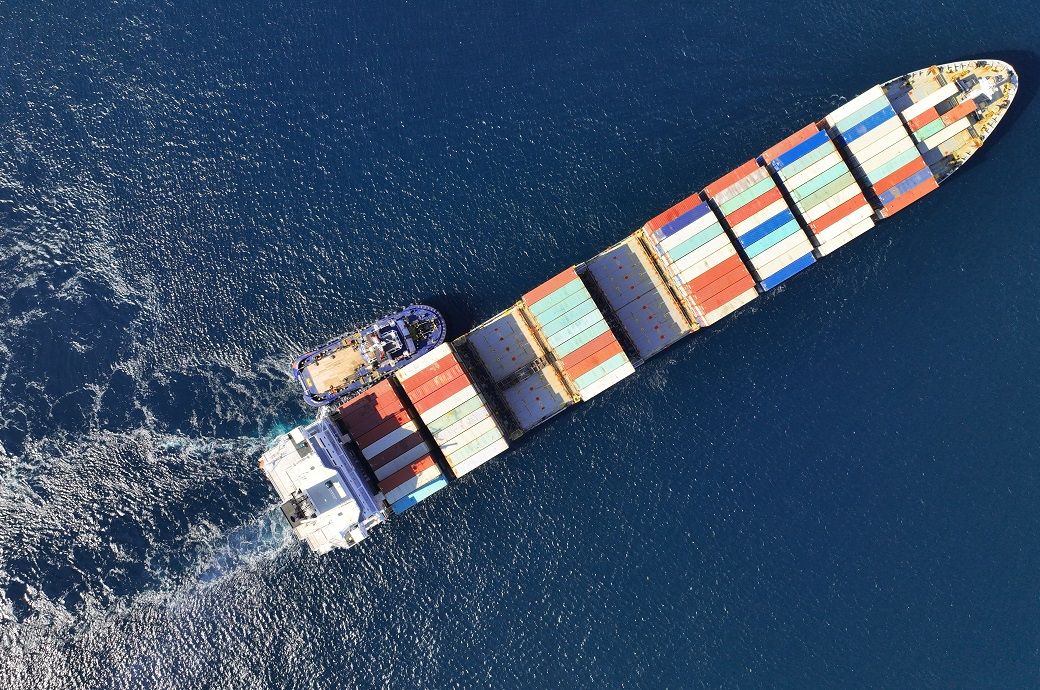
Russia came in second position, followed by the UK (55 million tonnes), Turkiye (36 million), China (31 million), Norway (29 million), Brazil (24 million), Egypt (19 million), Nigeria (14 million), and Canada (13 million), according to EU’s statistical data office Eurostat.
Comparing Q2 2022 with the same quarter of 2021, maritime transport between the EU and Russia recorded the largest fall (-22.1 per cent), followed by Brazil (-12.6 per cent). By contrast, traffic between the EU and Egypt and the US increased substantially over the same period, by 22.9 per cent and 21.1 per cent, respectively.
Liquid bulk goods (crude oil, oil products, and liquefied gas) largely dominated inward trade flows. In Q2 2022, crude oil (10 million tonnes) and liquefied gas (9 million) from ports on the East Coast represented almost one-third (32 per cent) of the total transport between the EU and the US.
Comparing Q2 2022 with the same quarter of 2021, there were substantial increases in inward movements. The biggest increases were in liquefied gas, coal, and crude oil from the East Coast of the US (87.7 per cent, 85.4 per cent and 64.6 per cent, respectively); crude oil from Egypt (86.1 per cent), the UK (61.5 per cent), Nigeria (35.7 per cent), Norway (32.7 per cent), and Turkiye (10.7 per cent); coal from Australia (31.2 per cent); and oil products from Russian ports on the Baltic Sea (11.1 per cent).
By contrast, large decreases were observed for crude oil from Russian ports on the Baltic Sea (-46.6 per cent) and Russian ports on the Black Sea (-24.0 per cent). In terms of outward movements, large decreases were observed for large containers to China (-29.2 per cent) and to the East Coast of the United States (-10.4 per cent).
ALCHEMPro News Desk (NB)
Receive daily prices and market insights straight to your inbox. Subscribe to AlchemPro Weekly!